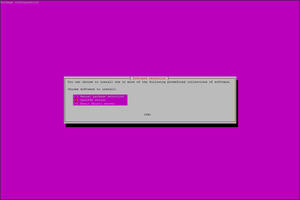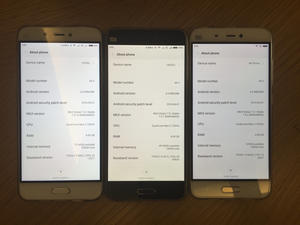So, the ZFS datasets have been created, and we now have to start creating the shares…
<rant>No thanks to Micro$oft, NFS support on is now only available on Enterprise versions of Windows 10, and therefore I will cannot use (the more efficient) NFS in my largely Windows environment network.</rant>
Goals
My goal was to:
- set up several different shares, mapping directly to the ZFS datasets
- this meant setting up SAMBA in a “WORKGROUP” environment
- allow different users to map this share on Windows, and be able to view only, or modify any objects within (add/delete/edit) according to their permissions per share
What follows is the steps required to:
- create the SAMBA share(s) and securing it (or at least setting the correct permissions)
- set-up the SAMBA user(s)
Note: There is a difference between Linux uid/user and gid/group and SAMBA SID/user and GID/group; within this context, I attempt to refer to the latter as “SMB User” and “SMB group” for disambiguation.


